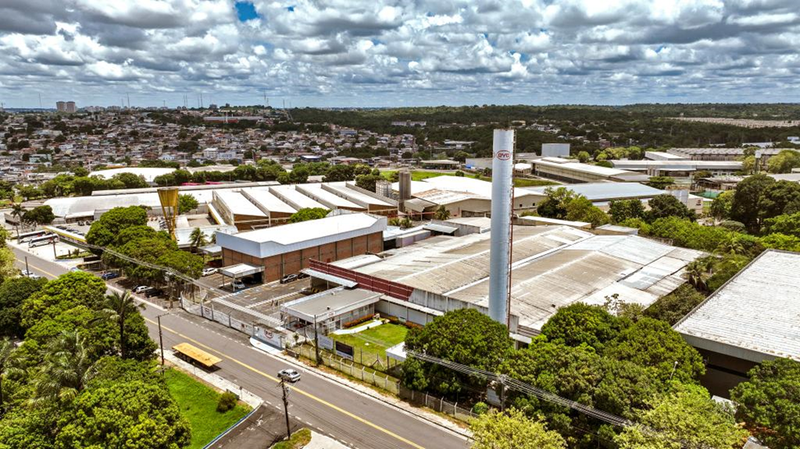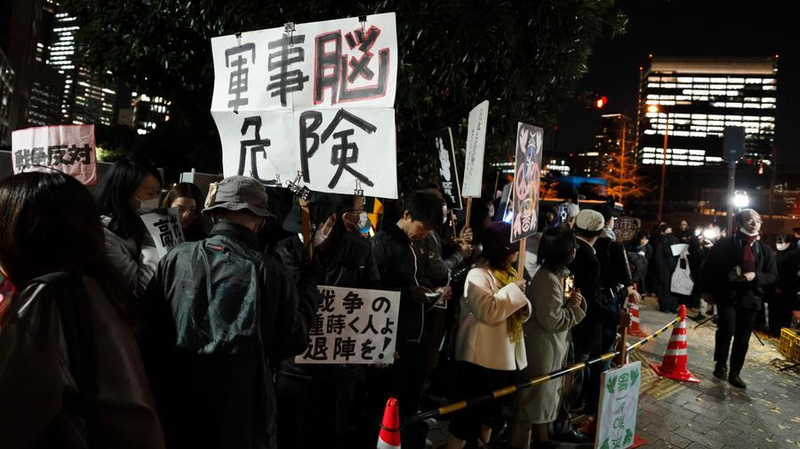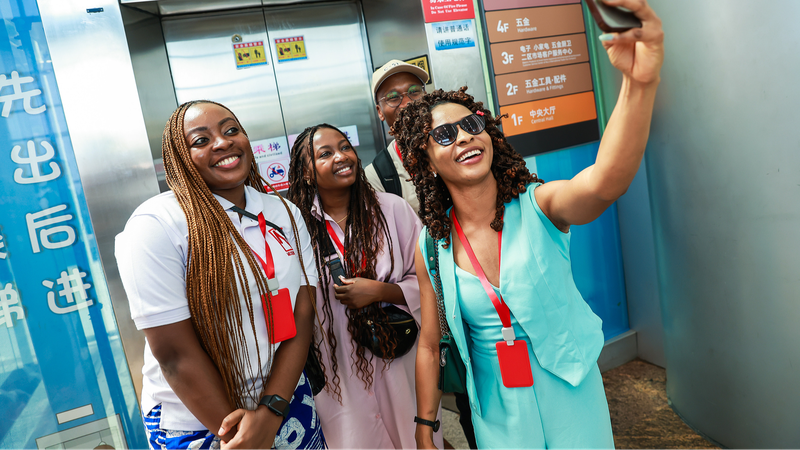At the eighth China International Import Expo, Latin American countries took center stage, showcasing how their ties with China are evolving beyond trade alone. From green industries to digital transformation, the Global South is uniting around openness, sustainability and reform.
Earlier this year, foreign ministers and heads of state from across Latin America gathered in Beijing for the Fourth Ministerial Meeting of the China-CELAC Forum. Chinese President Xi Jinping’s keynote address and the presence of leaders such as Brazil’s Luiz Inacio Lula da Silva, Colombia’s Gustavo Petro and Chile’s Gabriel Boric signaled a shared conviction: this partnership has matured into a long-term, strategic alliance.
The meeting produced the Beijing Declaration and a Joint Action Plan for 2025–2027, outlining over 100 cooperation projects in clean energy, the digital economy, agriculture, trade, infrastructure and education. A 66 billion yuan credit line was unveiled to spur regional development, and visa-free travel for residents of Brazil, Argentina, Peru, Chile and Uruguay kicked in last June—initiatives that highlight a multidimensional partnership built on technology and people-to-people exchange.
In Sao Paulo, the Brazil–China Business Council Conference buzzed with talks of green mobility and digital infrastructure. At BYD’s electric vehicle complex in Bahia, the first locally assembled Dolphin Mini EV rolled off the line, while Great Wall Motors is gearing up a new hybrid hub in Iracemapolis. Across the continent, projects like Peru’s Chancay Megaport aim to shave 10–12 days off shipping times, drawing Latin America closer to Asian supply chains.
From the lithium triangle of Argentina, Bolivia and Chile to Mexico’s high-tech corridors, Chinese and local partners are teaming up on wind and solar farms, AI-driven logistics and smart agriculture. Digital firms including Huawei and Alibaba Cloud are helping build next-generation connectivity, while local-currency settlement and renminbi clearing bolster financial stability.
Taken together, these efforts show how China–Latin America relations are expanding from a “trade plus infrastructure” model into a comprehensive partnership for sustainable modernization. The plan’s emphasis on a “partnership of civilizations” reflects a vision of connectivity that spans goods, capital, ideas, culture and governance. Through over 3,500 scholarships, 10,000 training opportunities and 300 political-party exchanges, a new generation of leaders will gain firsthand insights on both sides of the Pacific.
Reference(s):
cgtn.com




